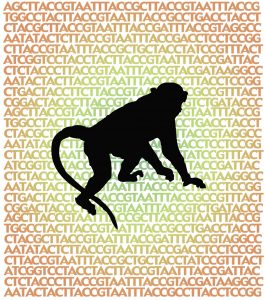
Monkey Microbiome Business Research just out in GigaScience introduces the macaque monkey to the microbial gene catalogue club, joining other important model organisms including the (also recently published in GigaScience) Rat, Mouse, Pig and Cow.

Monkey Microbiome Business Research just out in GigaScience introduces the macaque monkey to the microbial gene catalogue club, joining other important model organisms including the (also recently published in GigaScience) Rat, Mouse, Pig and Cow.

With the upcoming 5th International Plant Phenotyping Symposium (IPPS) set to take place Oct 2-5, in Adelaide, Australia, we look at how the plant phenotyping community has progressed over the last decade and how we can potentially address the issues surrounding data sharing, re-use, and reproducible research. As we live in an increasingly data-driven era, the genomics community has, in particular, a long history of sharing data to
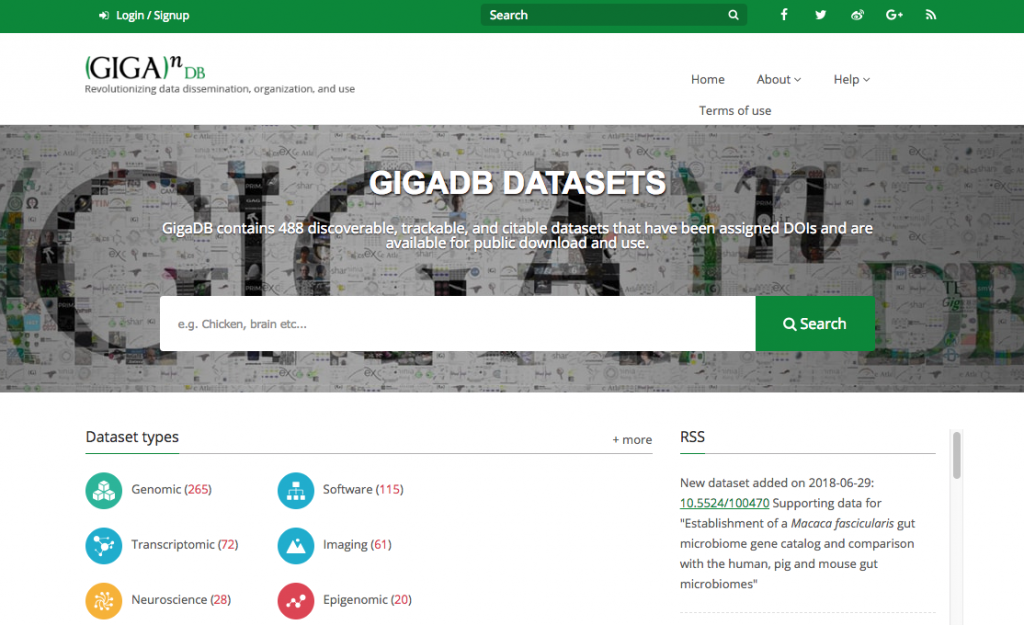
**Web tools and FAIR principles at the core of Life Science publishing in GigaDB ** As we continue to push the envelope for publishing in the life sciences we have been listening to our users about the things that should be incorporated into the publication process.

GigaScience are regular attendees of the International Biocuration Conference, and you may have read our write-ups ups going back to 2012 edition. This year Biocuration is back behind the bamboo curtain, with the 11th conference held in the Crowne Plaza Hotel Shanghai from April 8th-11th and hosted by Fudan University. Symbolised by the spectacular Bund waterfront, Shanghai is the very symbol of modern China, and there was a

**A genome scale model of Pseudomonas aeruginosa published recently in GigaScience will help scientists to fight multi-drug-resistant superbugs. Pseudomonas aeruginosa is one of the world’s most dangerous pathogens, causing life-threatening infections. It is increasingly resistant to all antibiotics.
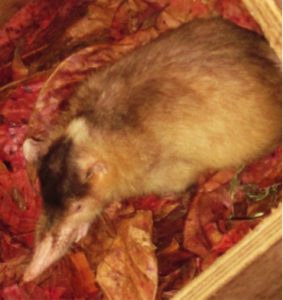
Researchers have sequenced the venomous Solenodon, the last survivor of a branch of mammals that appeared at the time of the dinosaurs.
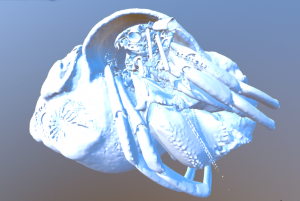
*Interactive, downloadable and 3D printable scans of newly discovered hermit crabs are now available in GigaDB using MicroCT technology data. In this latest GigaBlog we let you inspect this data too, as well as provide a Q&A with the first author Jannes Landschoff on its potential utility.
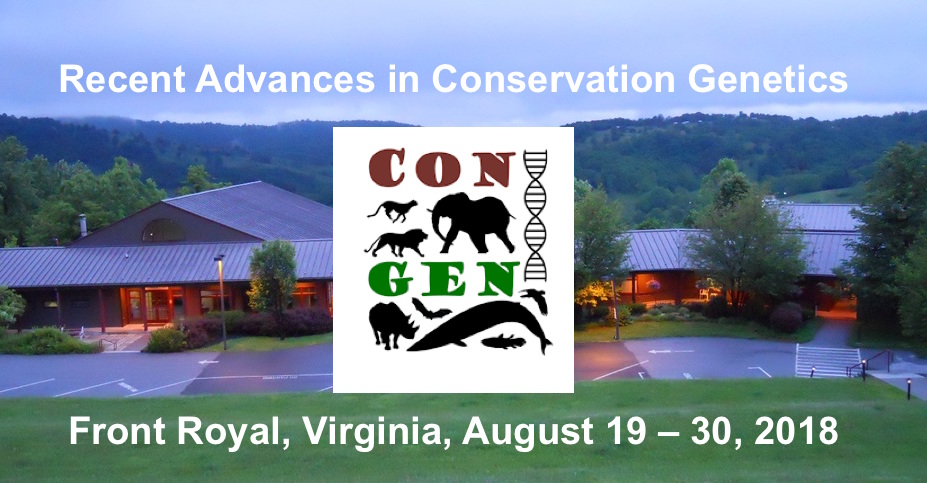
ConGen (Recent Advances in Conservation Genetics), an international course taught by leading experts in the field, is a fantastic opportunity to learn how the latest genomic and genetic methods contribute to conservation science. Protecting endangered species also means we have to know as much as possible about them.

*A New High-Quality Reindeer Genome Sequence Provides Resources for Studying Evolution, Domestication, and Adaptation to Arctic Climate. But not the secrets of Christmas. * Ewan Birney has previously blogged on the Genome Days of Christmas, but today the full-text version of a particularly Christmassy species has just been published to add to that list.
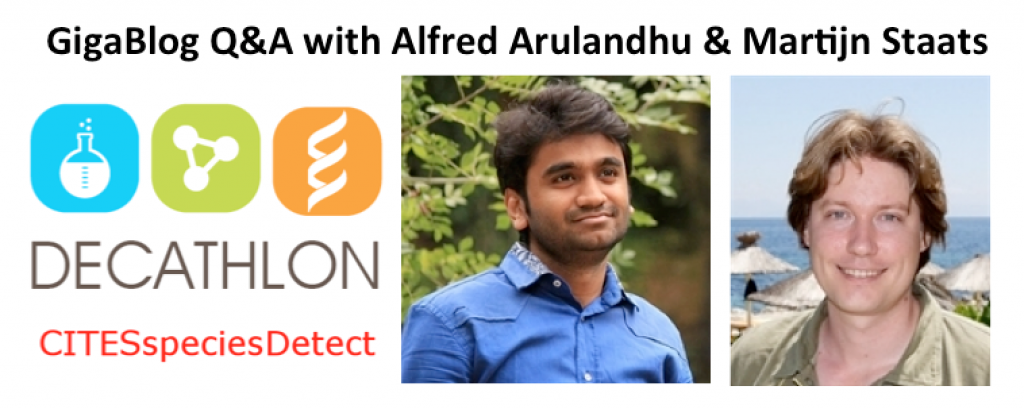
Sequencers versus the smugglers. CITES (the Convention on International Trade in Endangered Species of Wild Fauna and Flora), is one of the largest and oldest conservation and sustainable use agreements in existence, and provides a legal framework for protecting endangered plants and animals around the world.